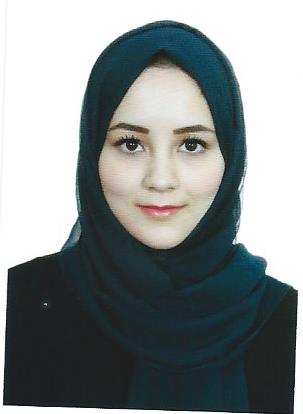
Shireen Samargandy
King Abdulaziz University, Saudi Arabia
Title: Epidemiology and clinical consequences of occupational exposure to blood and other body fluids in a university hospital in Saudi Arabia
Biography
Biography: Shireen Samargandy
Abstract
To describe the epidemiological characteristics, clinical impact, and adequacy of post-exposure management of occupational exposures to blood and other body fluids (BBFs) at King Abdulaziz University Hospital, Saudi Arabia. Individuals reporting BBFs exposures from 2006 to 2012 were identified from Infection Control and Environmental Health unit. Charts of exposed individuals were reviewed to collect relevant data using a standardized data collection form. The total number of exposures reported was 326 exposures, of which 302 (92.6%) exposures were percutaneous, 21 (6.5%), mucocutaneous, and 3 (0.9%), bites. Nursing staff/students had the highest rate of exposure (149, or 45.6%), followed by physicians (57, or 17.5%), and dental students (39, or 12%). Surgeons had a higher risk for sharp injuries compared to other physicians (p<0.005). Most (216, or 72.5%) percutaneous injuries were caused by hollow-bore needles. The majority of exposures (124, or 42.6%) occurred after use of the needle/sharp and before disposal. The source patient was known to be positive for HBV, HCV, or HIV in 72 (22.1%) incidents, negative for all three viruses in 147 (45.1%), negative for one or two viruses and unknown for others in 13 (3.9%) and unknown/untested for all three in 94 (28.8%). Two-thirds (219, or 67%) of exposed individuals were immune to hepatitis B at the time of exposure, and none seroconverted to HIV, HBV, or HCV infection. Occupational exposure to BBFs is concerning among healthcare workers. Educational programs targeting high-risk groups entailing preventive measures and post-exposure management are needed.
